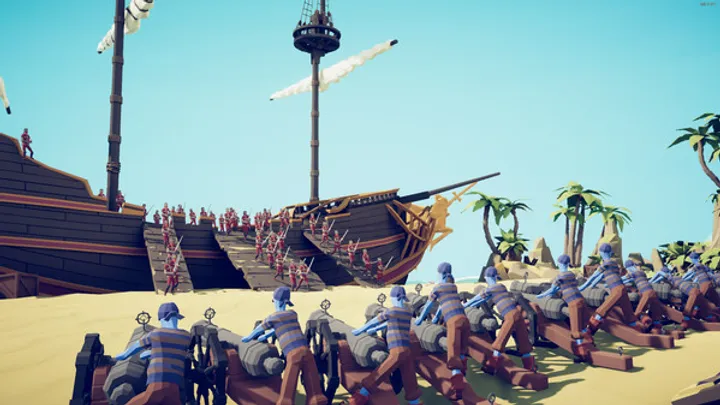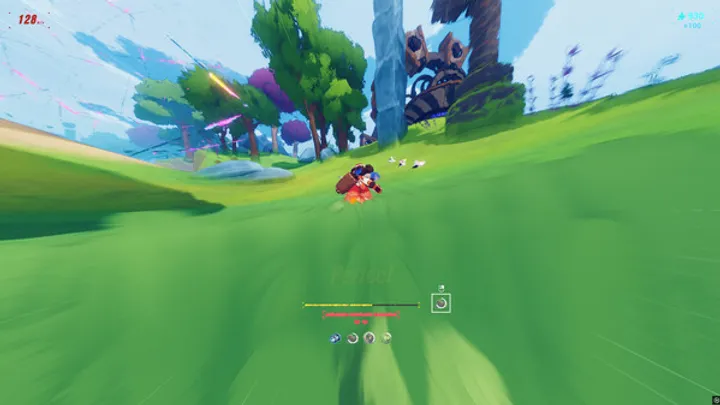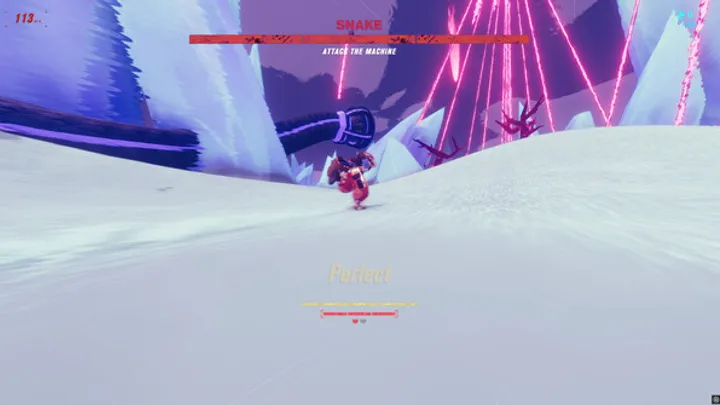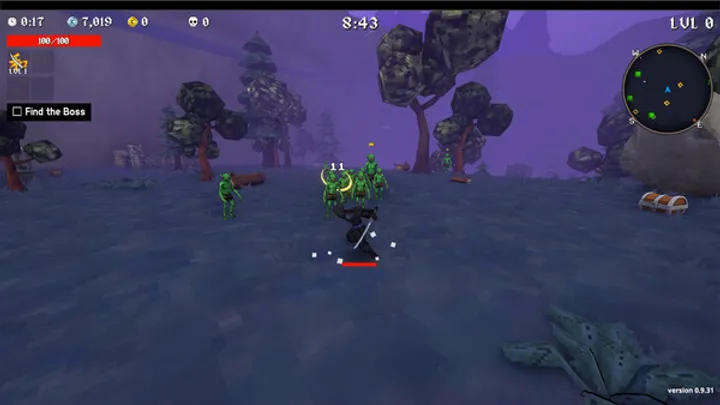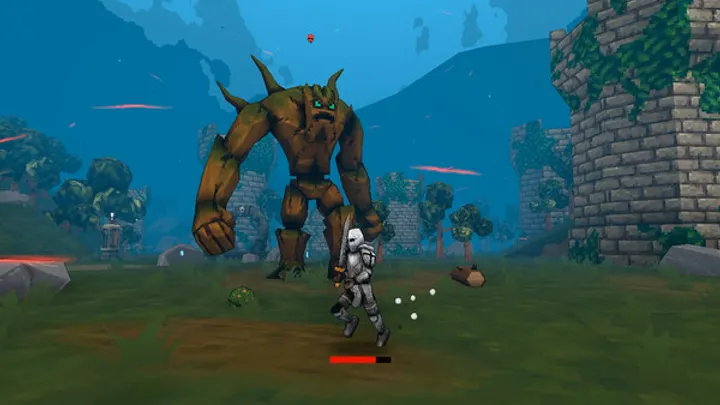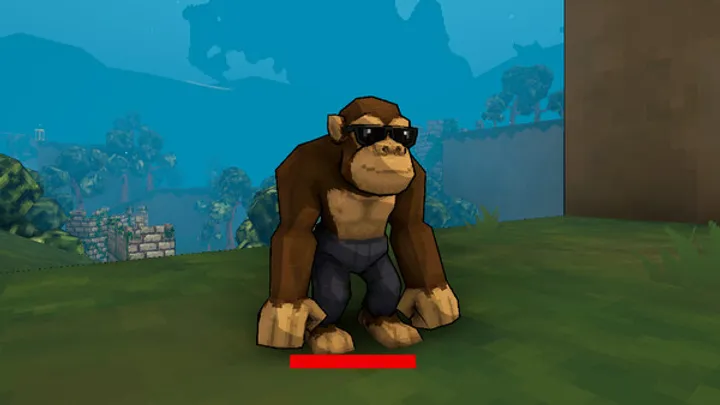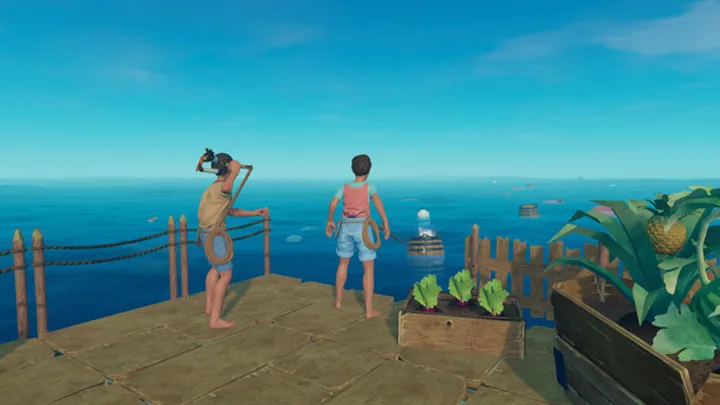Haste is a high-speed action game that challenges players to race through stylized environments using momentum-based movement. With its minimalist design and intense focus on flow, Haste rewards players who can maintain speed, land perfectly, and react quickly to terrain changes. However, mastering its movement system requires more than just reflexes—it demands an understanding of physics, timing, and spatial awareness. This guide breaks down the core mechanics of Haste into ten progressive sections, helping you build the skills needed to achieve perfect landings, maintain speed, and dominate each shard.
1. Understanding the Basics of Movement Movement in Haste is momentum-driven. You accelerate by diving, jumping, and landing smoothly. The game rewards players who can chain actions without breaking flow. Your character’s posture, angle, and timing all affect speed.
Use the spacebar to dive and match terrain slopes. Avoid jumping too high—long airtime slows you down. Instead, aim for low, flat arcs that keep you close to the ground and ready to land.
Key Tips:
- Dive to gain speed and match terrain
- Avoid high jumps that break flow
- Stay low and smooth for better control
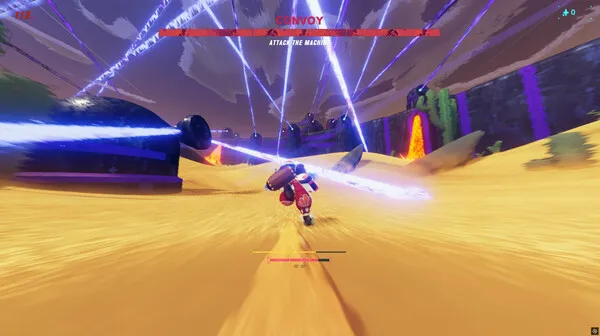
2. Perfecting Landings for Speed Boosts Landing types in Haste are graded: Perfect, Good, OK, and Bad. Perfect landings increase speed, while Bad landings drastically reduce it. Learning to land consistently is essential for maintaining momentum.
To achieve a Perfect landing, align your character’s angle with the slope and dive just before impact. Use terrain cues to anticipate landing zones. Practice timing and angle adjustments to improve consistency.
Landing Grades:
- Perfect: Boosts speed
- Good: Maintains speed
- OK: Slight speed loss
- Bad: Major speed loss
3. Using the Board Effectively The board is a key mechanic that boosts speed and changes your angle of attack. Activate it after a Perfect or Good landing to accelerate and flatten your trajectory. This helps you chain landings and maintain flow.
Don’t spam the board—use it strategically. Activate it when approaching a downhill slope or after a successful dive. The board also helps you recover from awkward landings by resetting your momentum.
Board Tips:
- Use after Perfect/Good landings
- Helps flatten trajectory and boost speed
- Avoid overuse—timing is key
4. Reading Terrain and Planning Ahead Haste requires spatial awareness. Look ahead to anticipate slopes, jumps, and hazards. Don’t focus solely on your character—scan the environment to plan your route and adjust your movement.
Recognize terrain patterns like hills, valleys, and ramps. Position yourself early to align with upcoming slopes. This reduces reaction time and improves landing accuracy.
Terrain Awareness:
- Scan ahead, not just your character
- Identify slope patterns and landing zones
- Adjust position early for smoother flow
5. Managing Vertical Momentum Vertical momentum affects your landing angle and speed. High jumps create steep descents, which are harder to land perfectly. Instead, use controlled dives to convert vertical motion into horizontal speed.
Hold the spacebar to dive and carry momentum forward. Avoid jumping straight up—angle your jumps to follow terrain curves. This keeps your trajectory shallow and improves landing chances.
Momentum Tips:
- Convert vertical motion into horizontal speed
- Dive instead of jumping vertically
- Use terrain curves to guide movement
6. Recognizing Shard Set Pieces Each shard in Haste contains set pieces—predefined terrain segments with specific challenges. Learn to recognize these patterns and adjust your movement accordingly. Some set pieces require precise timing or alternate routes.
Position yourself before entering a set piece. Use visual cues like ramps, gaps, or color changes to anticipate difficulty. Practice each shard to memorize layouts and optimize your path.
Set Piece Strategy:
- Identify terrain patterns and cues
- Position early for optimal entry
- Memorize shard layouts for consistency

7. Timing Shrines and Boosts Shrines offer temporary boosts like speed, jump height, or board cooldown reduction. Activate them strategically—during swarms, before jumps, or after slow segments. Don’t waste boosts on flat terrain.
Use shrines to recover lost momentum or prepare for difficult sections. Combine shrine effects with board activation for maximum impact. Learn shrine locations and plan your route around them.
Shrine Tips:
- Activate during key moments
- Combine with board for synergy
- Memorize shrine locations
8. Avoiding Common Mistakes New players often jump too high, ignore terrain cues, or overuse the board. These mistakes break flow and reduce speed. Focus on timing, posture, and terrain alignment to avoid errors.
Don’t panic after a bad landing—recover with a dive or board activation. Avoid zigzagging or erratic movement. Smooth, deliberate actions are more effective than frantic inputs.
Mistake Checklist:
- Avoid high jumps and steep descents
- Don’t spam board activation
- Recover calmly after bad landings
9. Practicing with Purpose Improvement in Haste comes from focused practice. Replay shards to refine specific skills—landing, diving, or terrain reading. Use slow-motion mode if available to analyze movement.
Set goals for each run: achieve three Perfect landings, maintain speed for 30 seconds, or complete a shard without Bad landings. Track progress and adjust strategies based on results.
Practice Tips:
- Focus on one skill per run
- Use slow-motion for analysis
- Set measurable goals
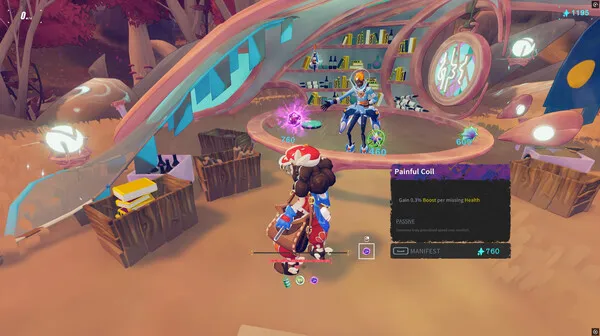
10. Building Flow and Confidence Flow is the essence of Haste. It’s the feeling of seamless movement, perfect landings, and uninterrupted speed. Build flow by chaining actions, anticipating terrain, and reacting smoothly.
Confidence comes with mastery. As you improve, trust your instincts and commit to movement decisions. Don’t hesitate—fluidity is more important than perfection. Embrace the rhythm of the game.
Flow Tips:
- Chain actions for seamless movement
- Trust instincts and commit to decisions
- Embrace rhythm over perfection
Conclusion Mastering movement in Haste is a journey of precision, awareness, and rhythm. By understanding terrain, perfecting landings, and using the board strategically, you can maintain speed and achieve high scores. Practice with purpose, avoid common mistakes, and build flow to unlock the full potential of Haste’s movement system.








